On View
A New Show in Frankfurt Surveys How Famous Artists Explored the Power and Peril of Plastic. See the Works Here
Plastic was once an exciting, versatile material that revolutionized art movements in the 1960s.
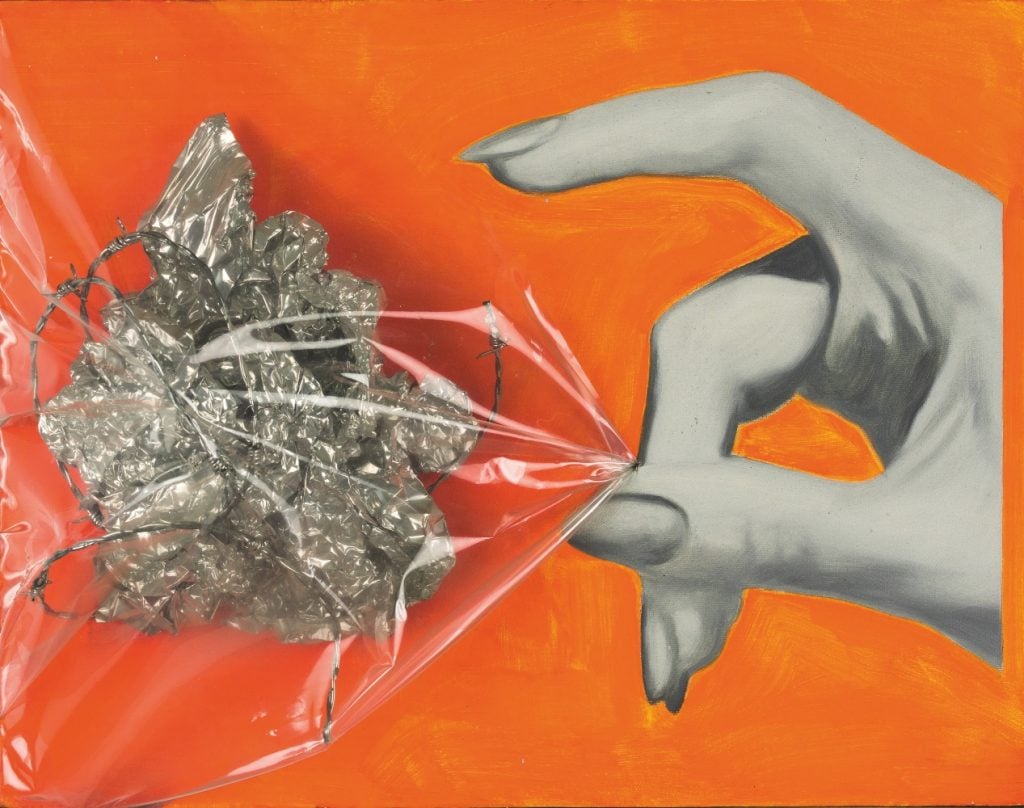
Plastic was once an exciting, versatile material that revolutionized art movements in the 1960s.

Jo Lawson-Tancred

Plastic was once seen as a major advancement for humanity thanks to its low-cost versatility—now, it feels like our undoing. Even as disturbing headlines warn us that plastic is now in our water, our air, and our bodies, we remain locked in an uncomfortable reliance on this potentially toxic, manmade material. We may fantasize about a zero-waste future, but the world’s consumption of single-use plastics is only growing.
When artists first started experimenting with plastic shortly after its invention in the 1950s, however, the mood was one of excitement. The highly flexible, inexpensive material represented a world of new possibilities: it could be bent, cut, poured, or inflated, and came transparent or in any number of brilliant colors. It also carried associations of modernity and mass consumption that made it a quintessential symbol of its time.
A new thematic show at the Schirn Kunsthalle Frankfurt, titled “Plastic World,” features the work of more than 50 artists—including James Rosenquist, Eva Hesse, and Christo—in a major survey of the many ways in which plastic has been used over the years, as well as how its associations have evolved.
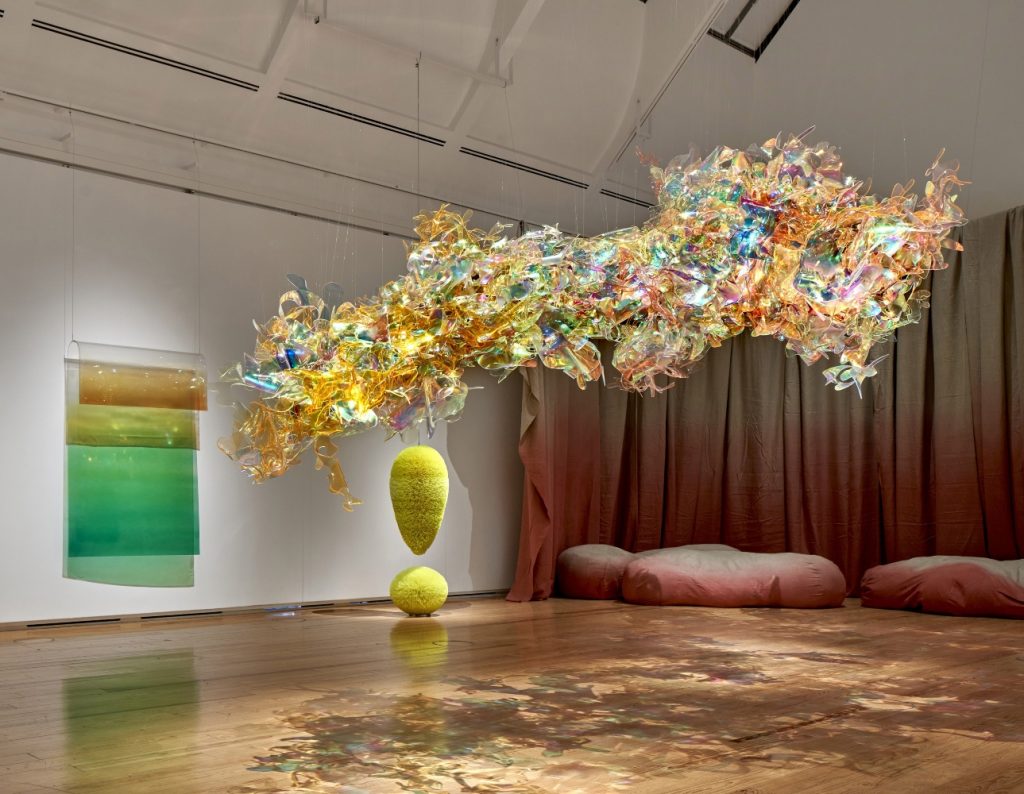
Installation view of “Plastic World” at Schirn Kunsthalle Frankfurt, 2023. Photo: Norbert Miguletz.
More than 100 works are made from media as diverse as acrylic, silicon, vinyl, styrofoam polyurethane, polyester, PVC, 3D printing and discarded objects, but each was made possible thanks to the cultural ubiquity of plastic. Among the international movements spotlighted are Pop art, Arte Povera, Minimalism, Finish Fetish, Nouveau Réalisme, conceptualism and the urgent eco-critical works of a younger generation.
“What has now turned out to be an enormous burden for the environment denotes a huge enrichment for art as well as for architecture and design,” said the show’s curator Dr. Martina Weinhart. “A look at the extremely rich history of plastic as a material opens up a narrative full of ambivalences: of a future-oriented innovative ability and of seductive-seeming objects; of damaging effects, but also the question of new approaches to dealing with this material, which is here to stay.”
Check out works from the exhibition below.
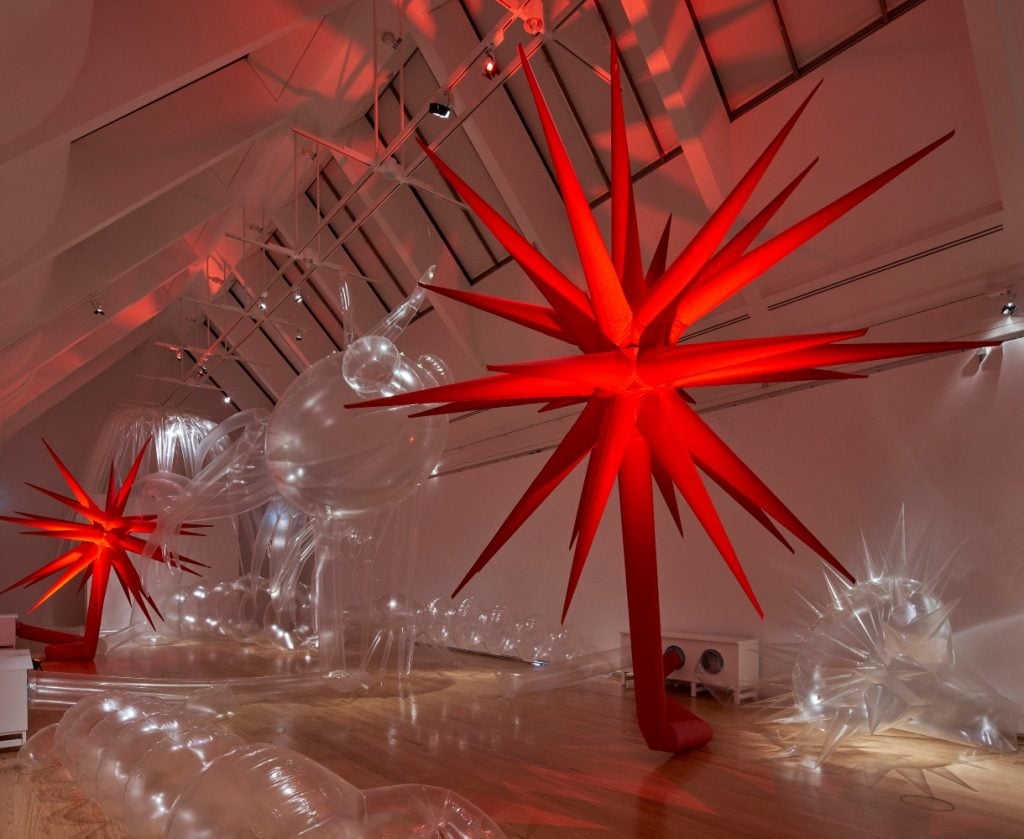
Otto Piene, Anemones: An Air Aquarium (1976, new production 2023). Photo: Norbert Miguletz.
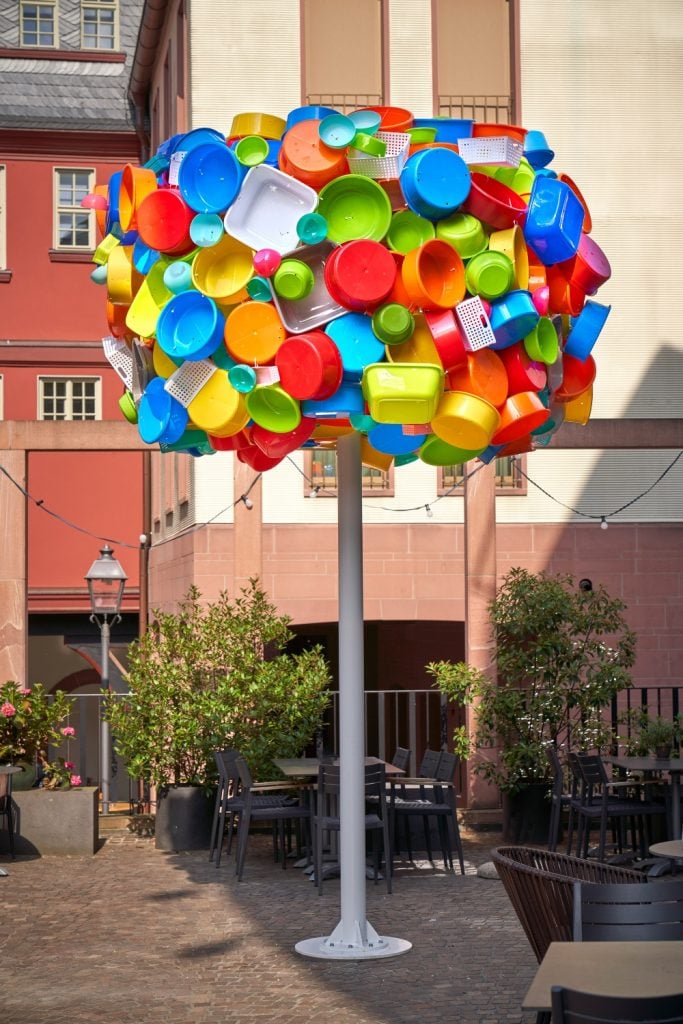
Pascale Marthine Tayou, L’arbre à palabres (2023). Photo: Norbert Miguletz.
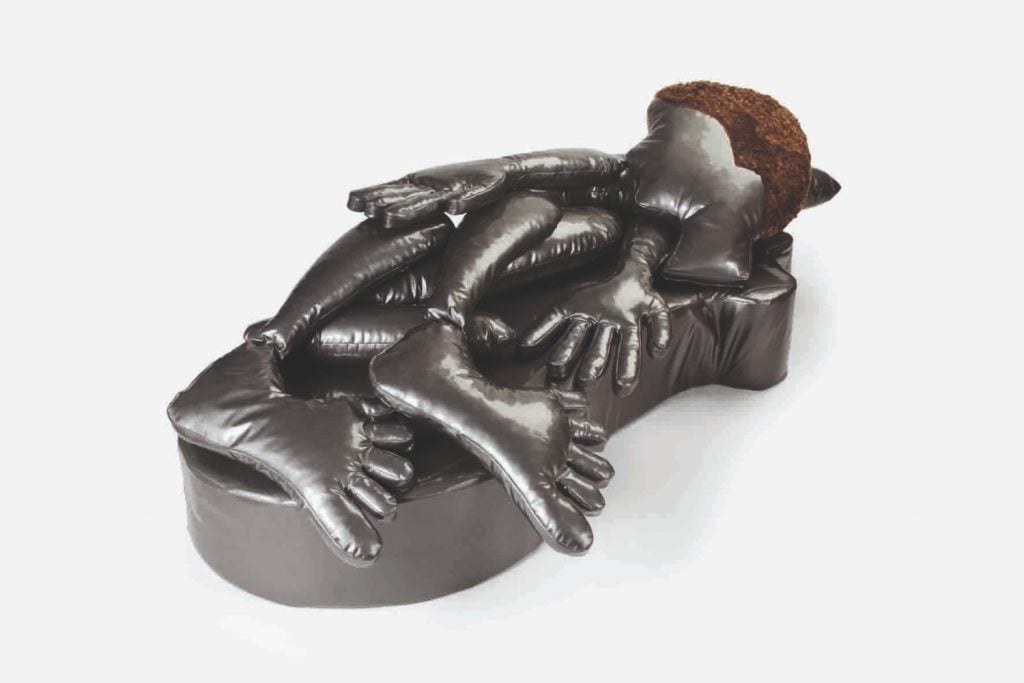
Nicola L., Women Sofa (1968). Photo: © Design Museum Brussels.
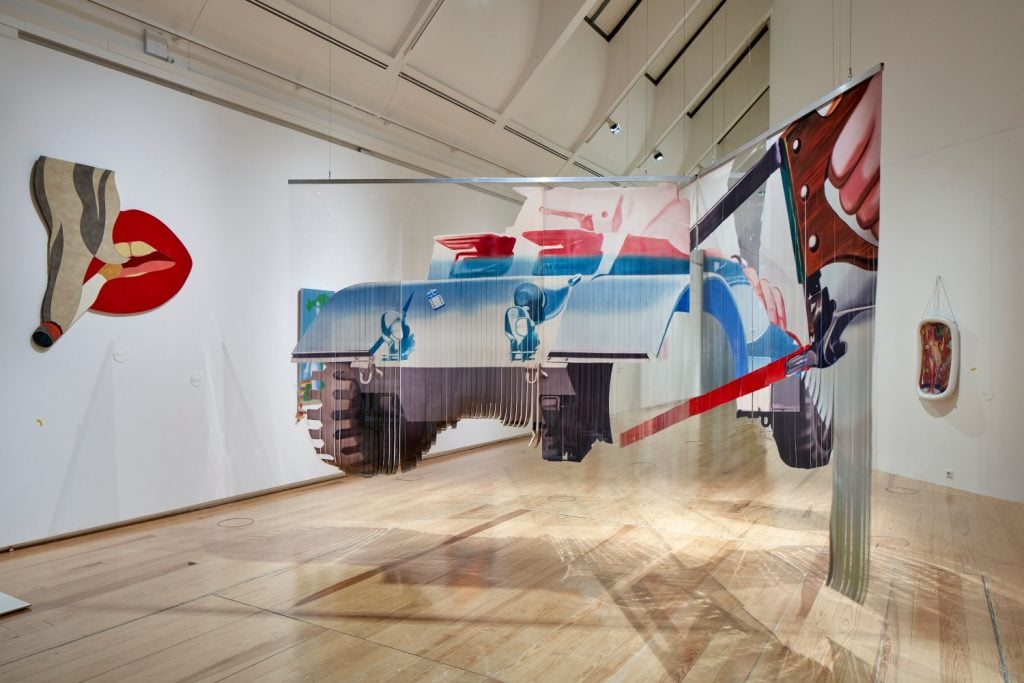
Installation view of James Rosenquist, Forest Ranger (1967). Photo: Norbert Miguletz.
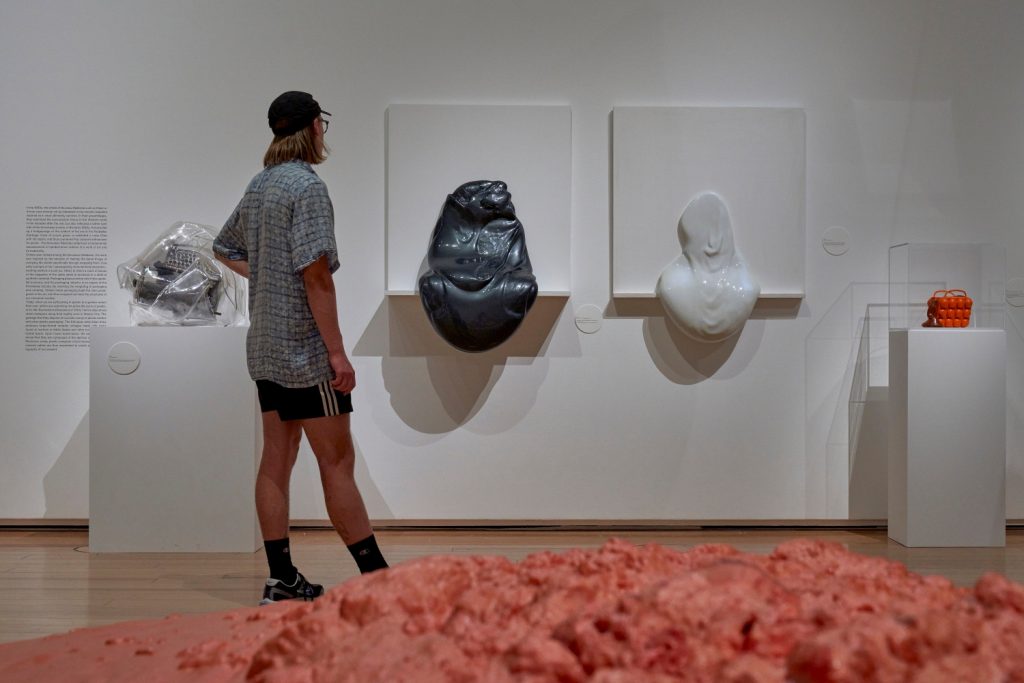
Installation view of César, Expansion works (1977). Photo: Norbert Miguletz.
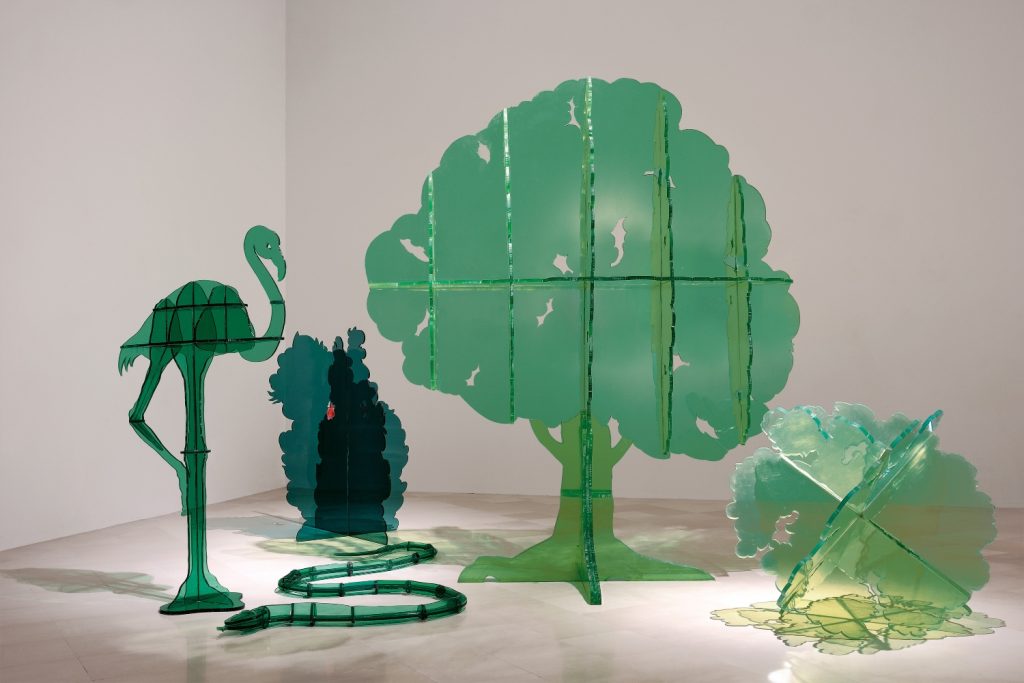
Gino Marotta, Eden Artificiale (1967-1973). Photo: © 2021 Marino Colucci, courtesy Erica Ravenna Gallery, Rome, Work of Art.
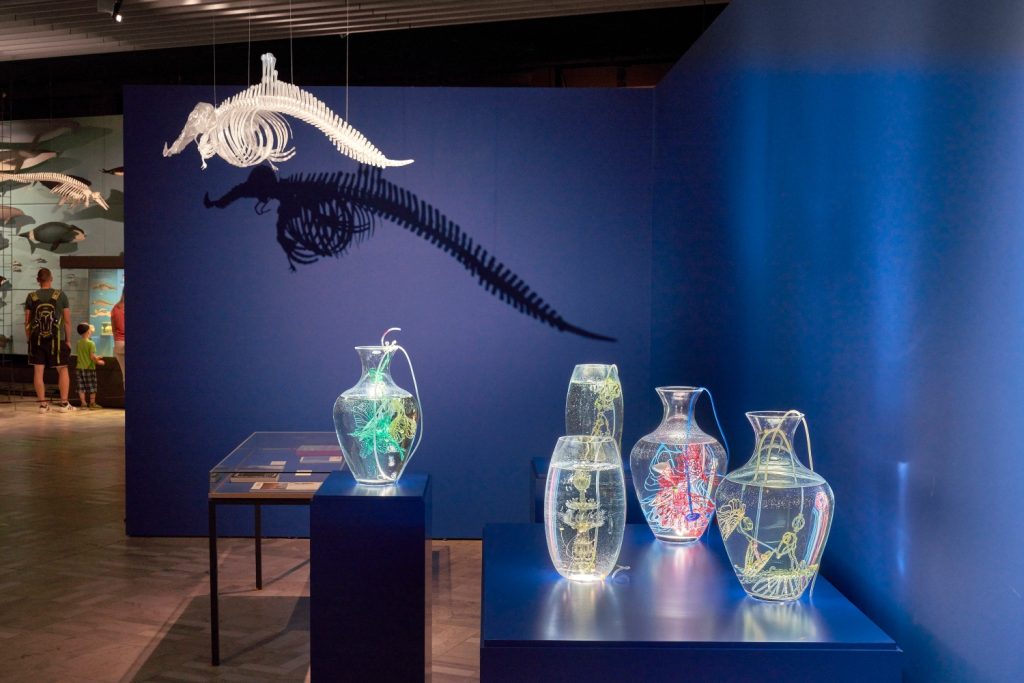
Installation view of Pınar Yoldaş, An Ecosystem of Excess (2014/2023). Photo: Norbert Miguletz
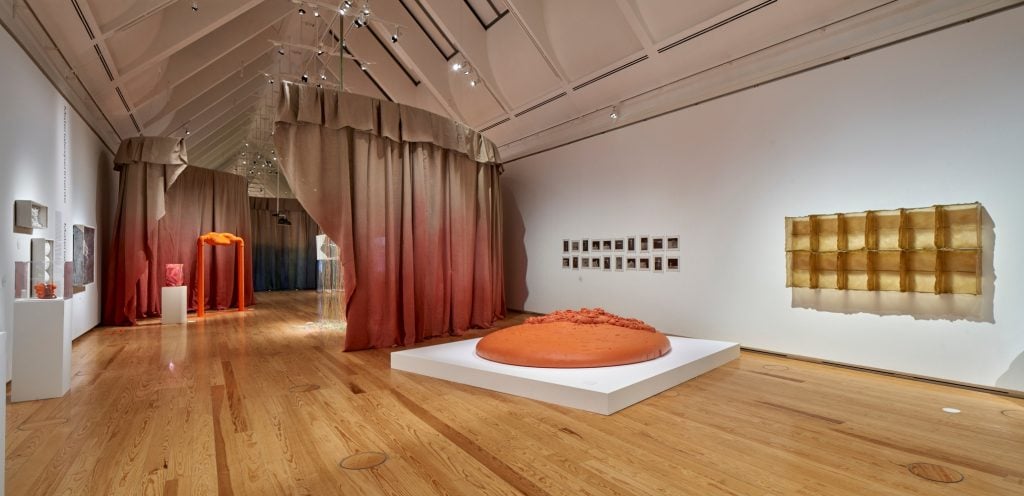
Exhibition view of “Plastic World: at Schirn Kunsthalle Frankfurt in 2023. Photo: Norbert Miguletz.
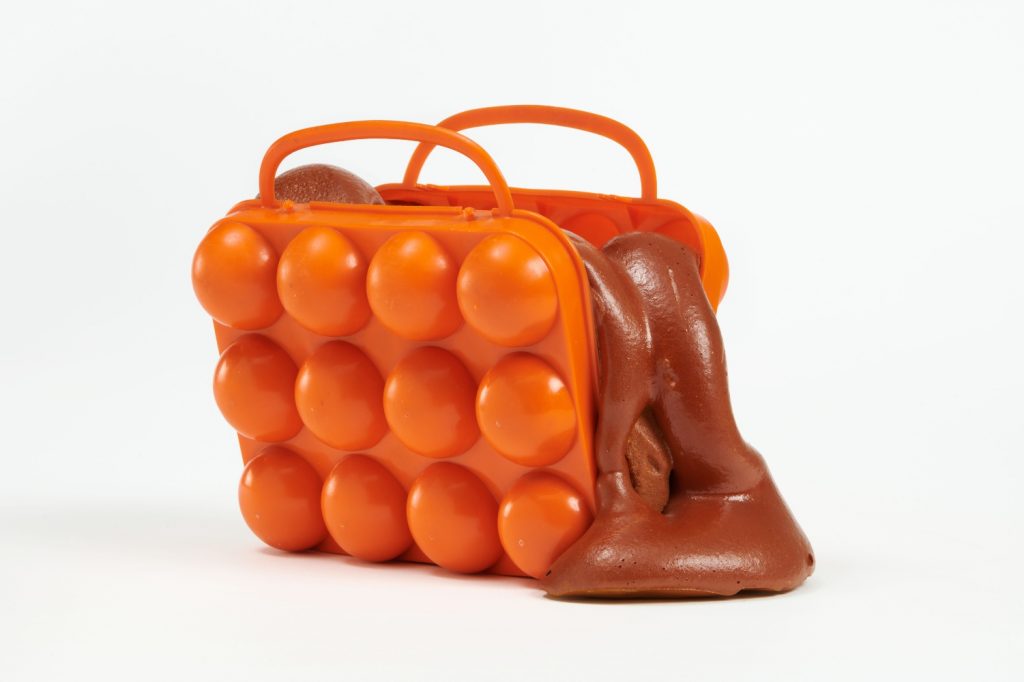
César, Expansion à la boite d’oeufs (1970). Photo: © SBJ / VG Bild-Kunst, Bonn 2023.
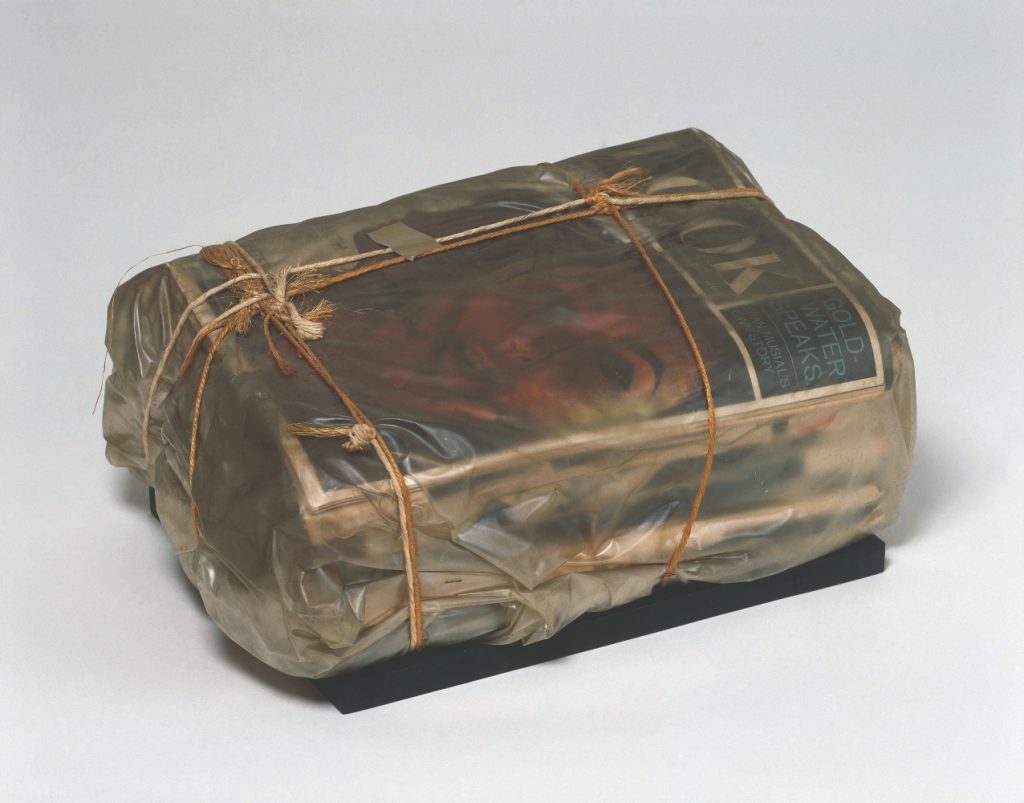
Christo & Jeanne Claude, Look (c.1965). Photo: ©VG Bild-Kunst, Bonn 2023.
“Plastic World” is on view at the Schirn Kunsthalle Frankfurt, Römerberg, Frankfurt, through October 1.